What Does the Color Yellow Mean in Interior Design? A Color and Design Psychology Expert Explains
Whether you love or hate it, yellow always seems to elicit a strong reaction from people — here, we get to the bottom of why
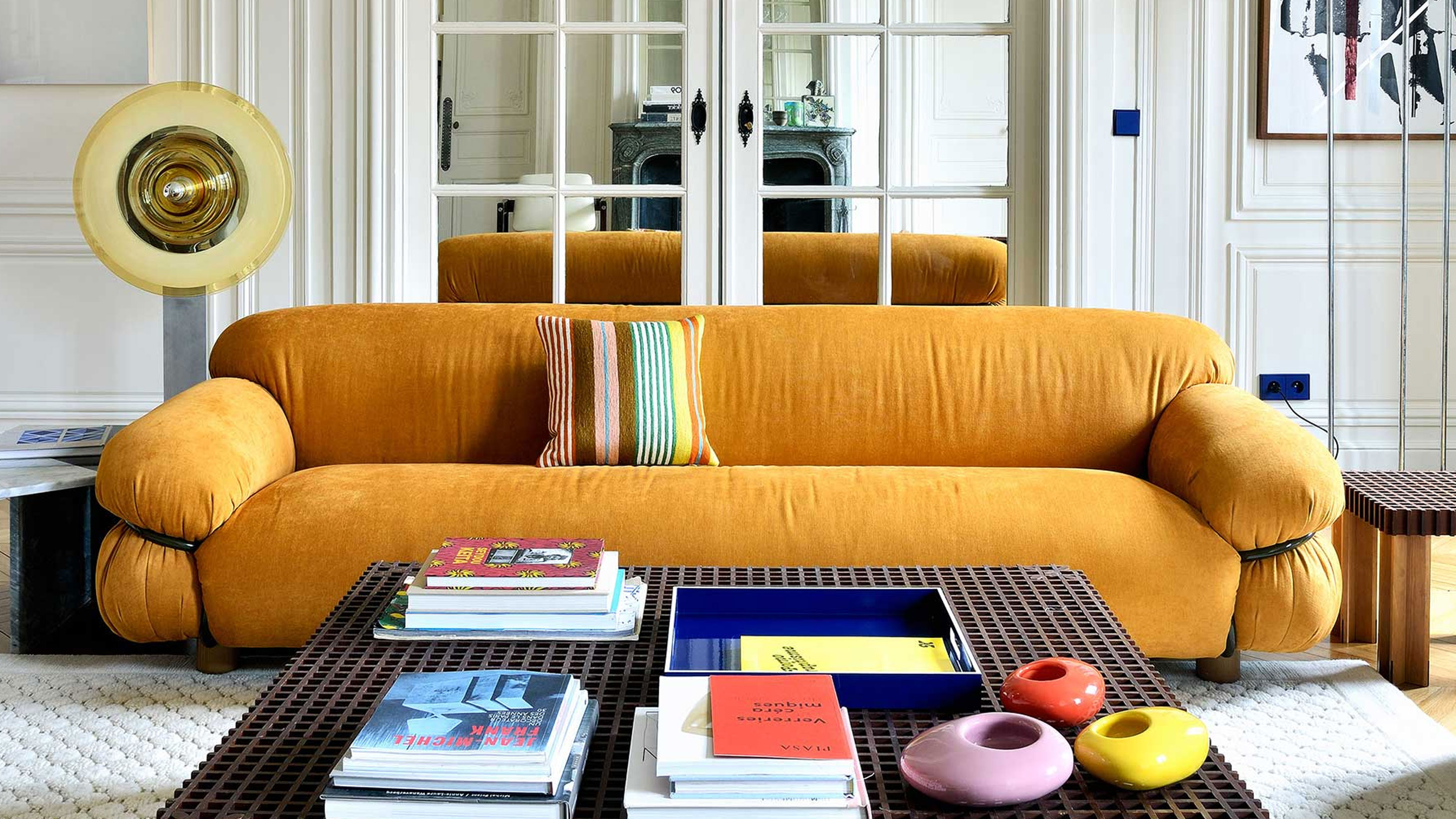
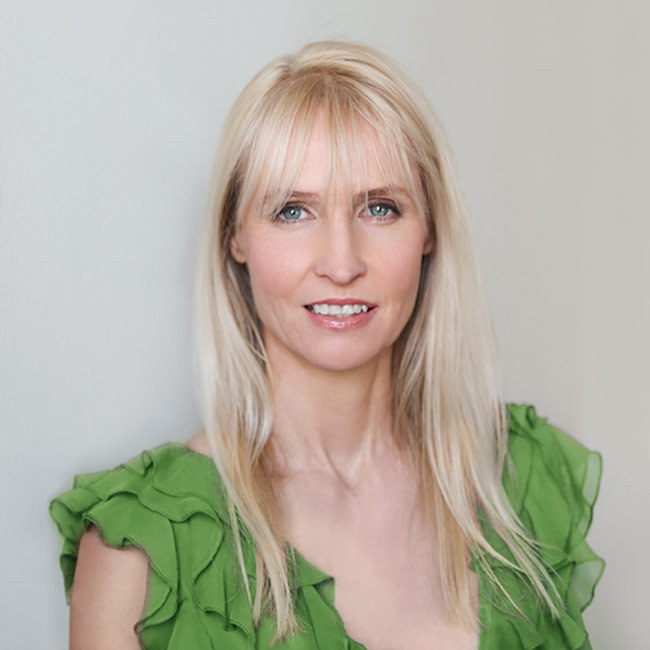
Yellow is a color that tends to divide opinion. Some find it uplifting, others overwhelming. Some avoid it entirely. But whether it makes you smile or wince, one thing is certain, yellow gets a reaction.
It is a color that can lift the spirits or set us on edge, depending on how it is used. Considering color psychology in interior design, yellow has a very specific role.
This article explores what yellow can mean emotionally, how it influences behaviour, and how to use it in a way that feels right for you and your space, whether that’s a bold statement or just a splash.

Karen is a color psychology expert who wrote the book, quite literally, on how to use it when designing your home. She's the author of The Little Book of Colour which explains how to use color in interior design to improve you happiness, wellbeing, and confidence.
What Does Yellow Mean in Color Psychology?

Yellow often makes you feel warm and uplifting because it reminds you of the sun.
Think about how you feel when the sun is shining. There’s a natural lift in your mood, a sense that the day holds promise. It’s the color that greets you with a bright, feel-good hello.
In color psychology, yellow is one of the psychological primaries. It stimulates us emotionally and is closely linked to the nervous system. When used in the right context and proportion, it can support confidence, positivity and self-worth.
But like any color, decorating with yellow can come with an adverse side.
It’s not all sunshine. Yellow demands attention, and without pause, its intensity can grate. What feels uplifting can quickly tip into overwhelm. The wrong yellow, or too much of it, becomes overstimulating, even irritating.
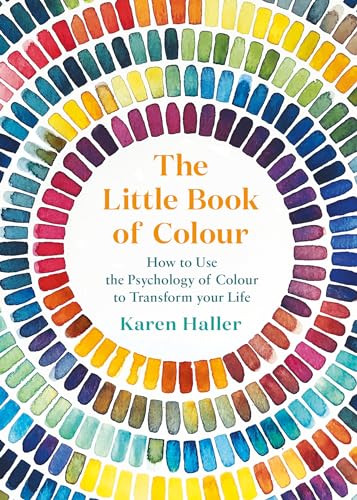
Intrigued? Karen's book The Little Book of Colour is your next port of call to better understand how to use color psychology to improve your the look and feel of your home.
How to Choose the Right of Yellow
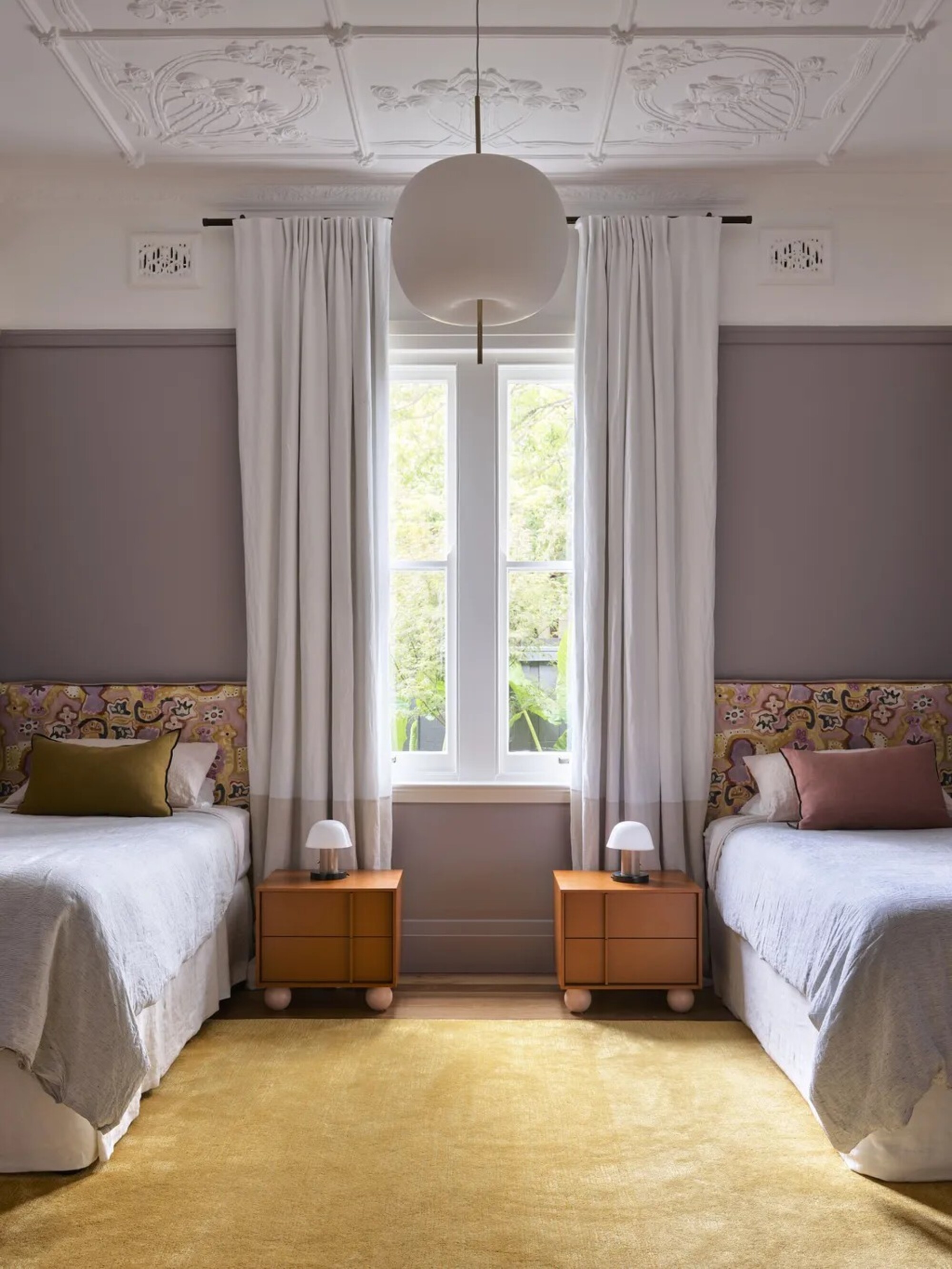
There are ample variations of yellow out there — everything from earthy to acidic.
Yellow is the color I most often hear people say they can't wear, can't live with, or simply can't stand. And I get it. There was a time I loathed all yellows too. (Thankfully, not anymore.)
What I’ve come to see, both in my own journey and through years of working with clients, is that we each have our own version of yellow — the one that resonates with our personality. From soft buttery creams to the vibrancy of daffodil and sunflower, the rich depth of earthy ochre to the cool, muted yellow of an E-Type Jag, and the zesty punch of citrus, there is a yellow for everyone. It’s simply a matter of finding the one that’s right for you.
The impact depends entirely on which yellow you choose, how you use it, and in what proportion. That’s the difference between a yellow that lifts a space and one that unsettles it. Get it right for you, and it brings a warm, uplifting energy few colors can match.
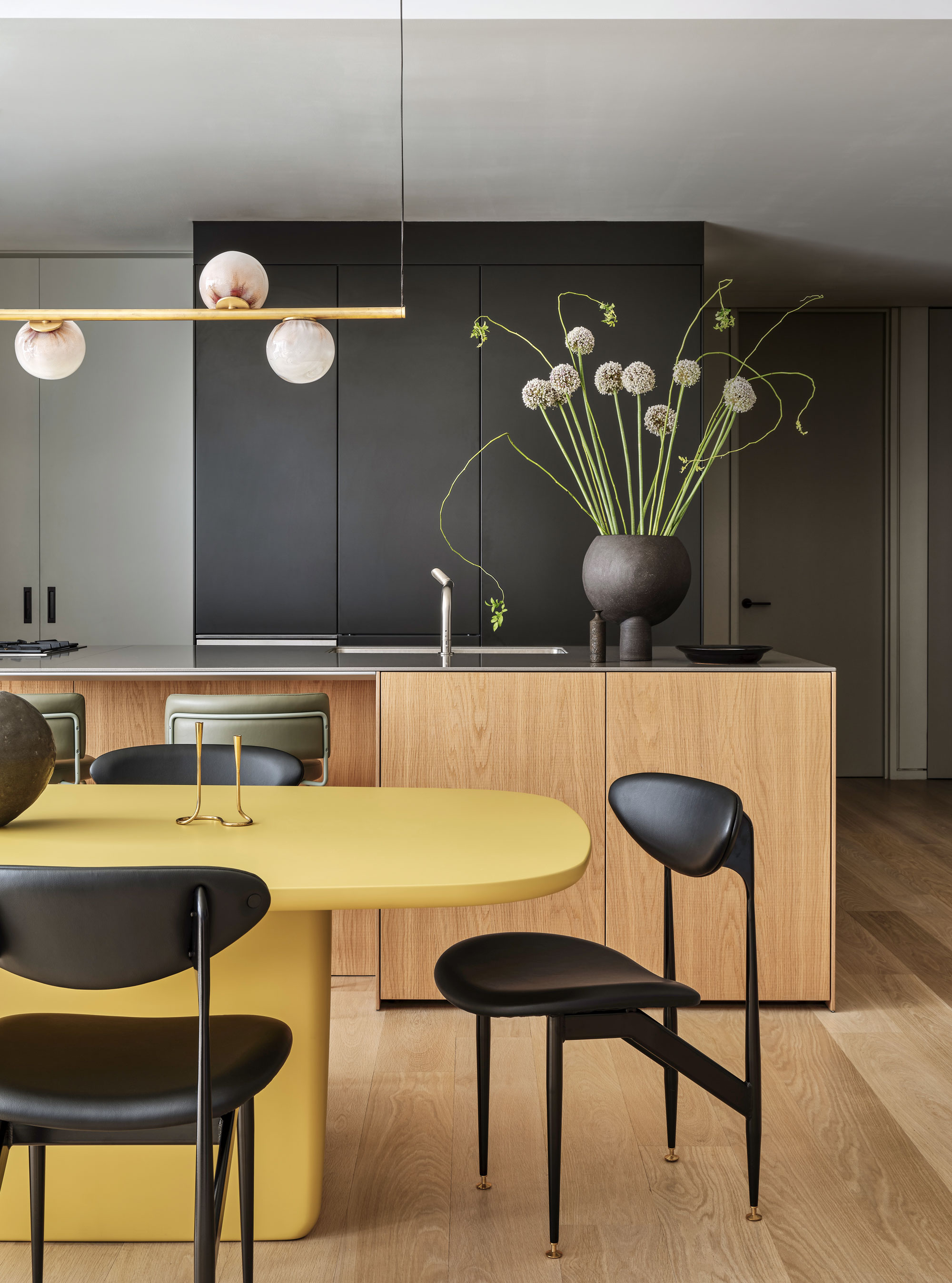
Black and yellow is a hard — but not impossible — combination to do well.
A color combination we don’t often see in interiors is yellow and black, and it may be for good reason. We don’t experience color in isolation, and this pairing is one we instinctively respond to. In nature, it signals danger. Bees, wasps, warning signs. We carry that innate memory into our built environments.
This is a combination for the brave. In interiors, it can bring drama and edge, creating a space that feels unapologetic and high impact. I once experienced this in a hotel bar that embraced yellow and black with striking confidence. It worked, but it was not for the faint-hearted. I couldn’t stay in there long. It was definitely not relaxing, but then, I suppose that wasn’t the aim.
When we bring that combination into the home, those emotional responses come with it. That is why yellow and black need to be used with care and clear intent. Done well, it can be powerful. Just be aware of the psychological impact you may be creating.
So, What Does the Color Yellow Mean?
Optimism and Positivity
Yellow is a color that can bring feelings of positivity and optimism into a space. It can help us feel uplifted and happy, making it an ideal choice for a front door or entryway color ideas.
These are the first spaces we encounter, and yellow can greet us with a friendly, welcoming hello, inviting us in and setting the scene for how we want to feel at home.
Energy
In spaces where you’re only in for short bursts, such as a hallway or the downstairs bathroom, that saturated punchy kick of yellow can give you a lift.
In rooms where you spend more time, you might not need much yellow to feel the same effect. A chair, a lampshade, or a throw is often enough to deliver that burst of energy without overwhelming the space or you.
Go softer, reducing the saturation and the energy is still there, just with a lighter touch. Still sunny, just less shouty.
Confidence and Self-Esteem
Yellow has a way of lifting us from the inside out, like when sunlight breaks through on a gray day and everything feels that little bit more possible. In color psychology, yellow relates to self-confidence and self-worth, helping us feel more present, more open and more willing to be seen.
Bringing yellow into the home brings that same dynamic energy with it. It encourages, uplifts, and brings a cheery sense of optimism into the spaces we live in. Whether it is a bold splash on the wall, a burst of color in a cushion, or a cheery bunch of fresh flowers, yellow adds that lightness of spirit that puts a bounce in your step.
Where Should You Avoid Yellow in Interiors?
Yellow is a color to avoid in a bedroom, especially if you're looking for a restful and relaxing environment.
Yellow in a sleeping space can be too stimulating for the nervous system, making it harder to wind down at the end of the day and no one wants to wake up tired and irritated.
Yellow may not always feel like the easiest color to work with, but when you find the right one for you and use it with intention, the rewards can be transformative. It can energize, uplift, boost confidence, and bring happiness into a space.
Whether it’s used as a bold statement or a small splash, yellow has the ability to change how we feel and respond in a room. The key is knowing what you need from it and choosing the version that supports you. Get it right, and yellow becomes more than just a colour — it becomes a feeling you want to come home to.
Be The First To Know
The Livingetc newsletters are your inside source for what’s shaping interiors now - and what’s next. Discover trend forecasts, smart style ideas, and curated shopping inspiration that brings design to life. Subscribe today and stay ahead of the curve.

Karen Haller is a leading international authority when it comes to behavioural color and design psychology. Specializing in human-centered design, Karen works with businesses, design professionals, and individual clients, to help them understand our relationships with color, and how it influences the way we interact with a space. She has authored a book on the topic, called The Little Book of Colour which explains how to use color in interior design to improve you happiness, wellbeing, and confidence.
-
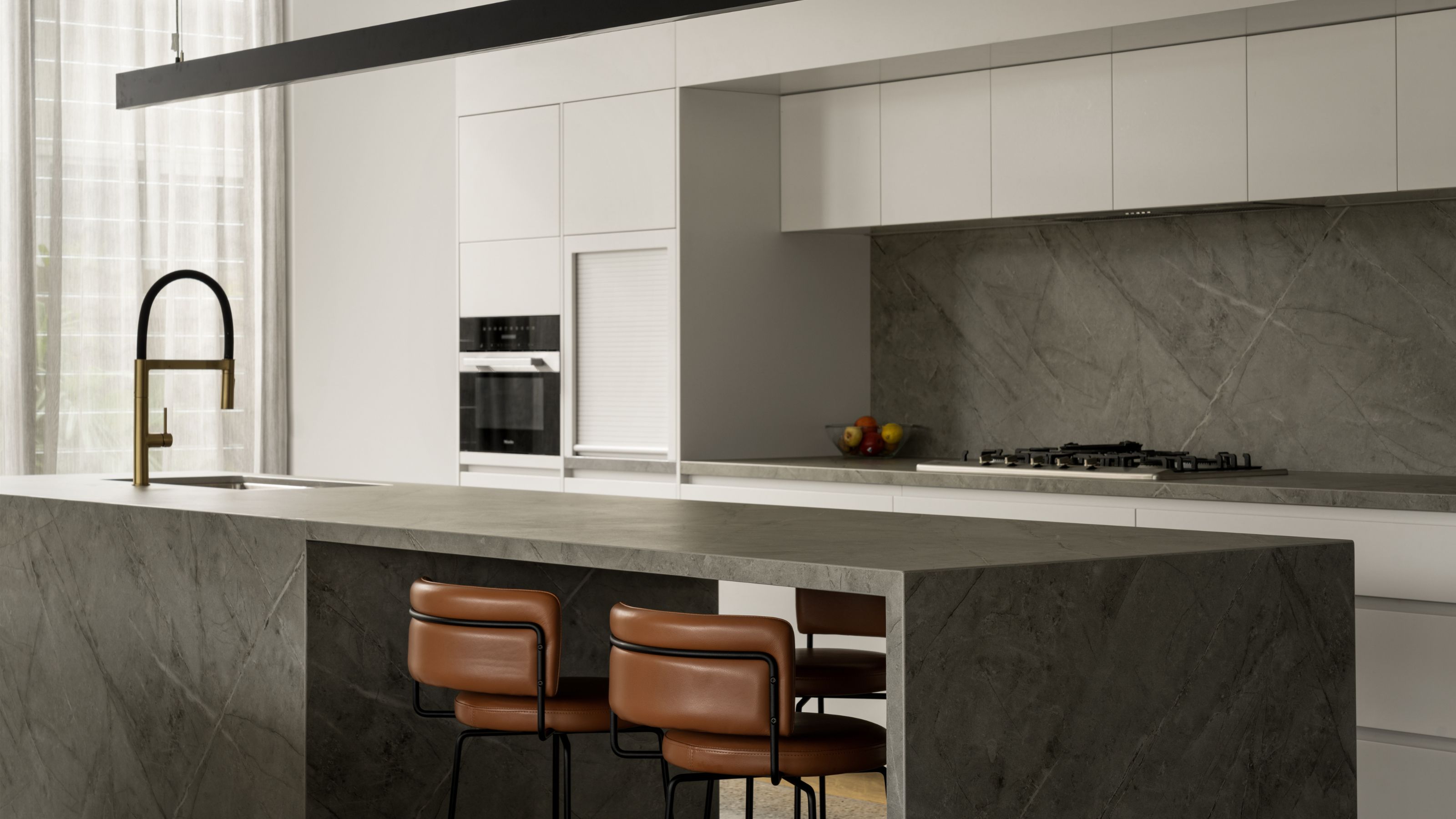 Should You Choose a Kitchen Island or a Breakfast Bar? Experts Weigh-in on the Debate
Should You Choose a Kitchen Island or a Breakfast Bar? Experts Weigh-in on the DebateThey may look alike, but designers break down the real differences in form, function, and everyday practicality
By Aditi Sharma
-
 We've Weighed Up the Pros and Cons of Bamboo Flooring, the New Eco Choice That Looks Effortlessly Elevated
We've Weighed Up the Pros and Cons of Bamboo Flooring, the New Eco Choice That Looks Effortlessly ElevatedServing on both style and sustainability, we've asked the experts everything you need to know when specifying bamboo flooring in your home
By Sarah Warwick
-
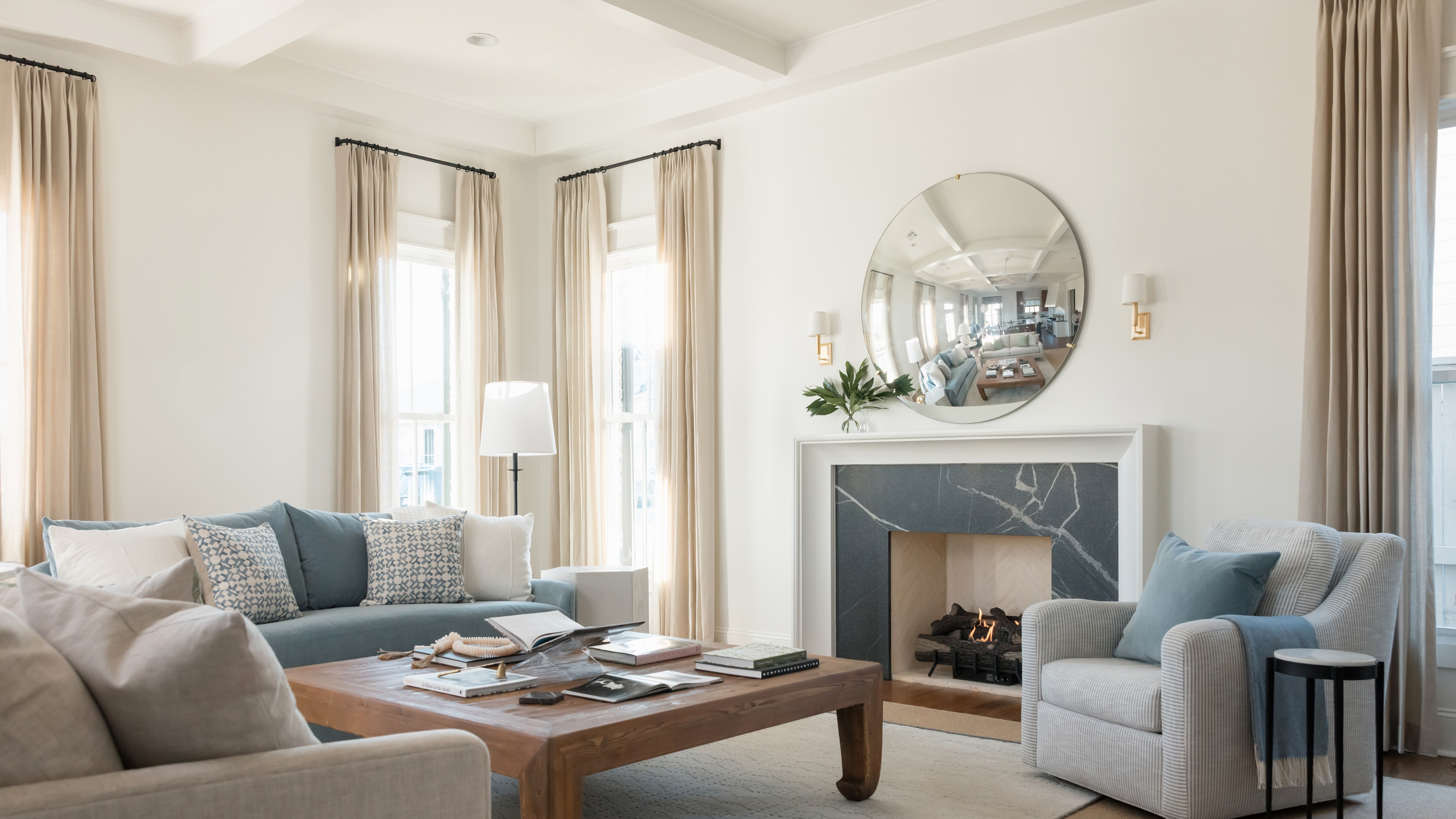 Should a Living Room Be Painted Dark or Light? We Asked Design Experts to Settle The Age-Old Debate
Should a Living Room Be Painted Dark or Light? We Asked Design Experts to Settle The Age-Old DebateThe color of your living room can completely shift the mood of your entire home, so the question remains: should you go light or dark...?
By Devin Toolen
-
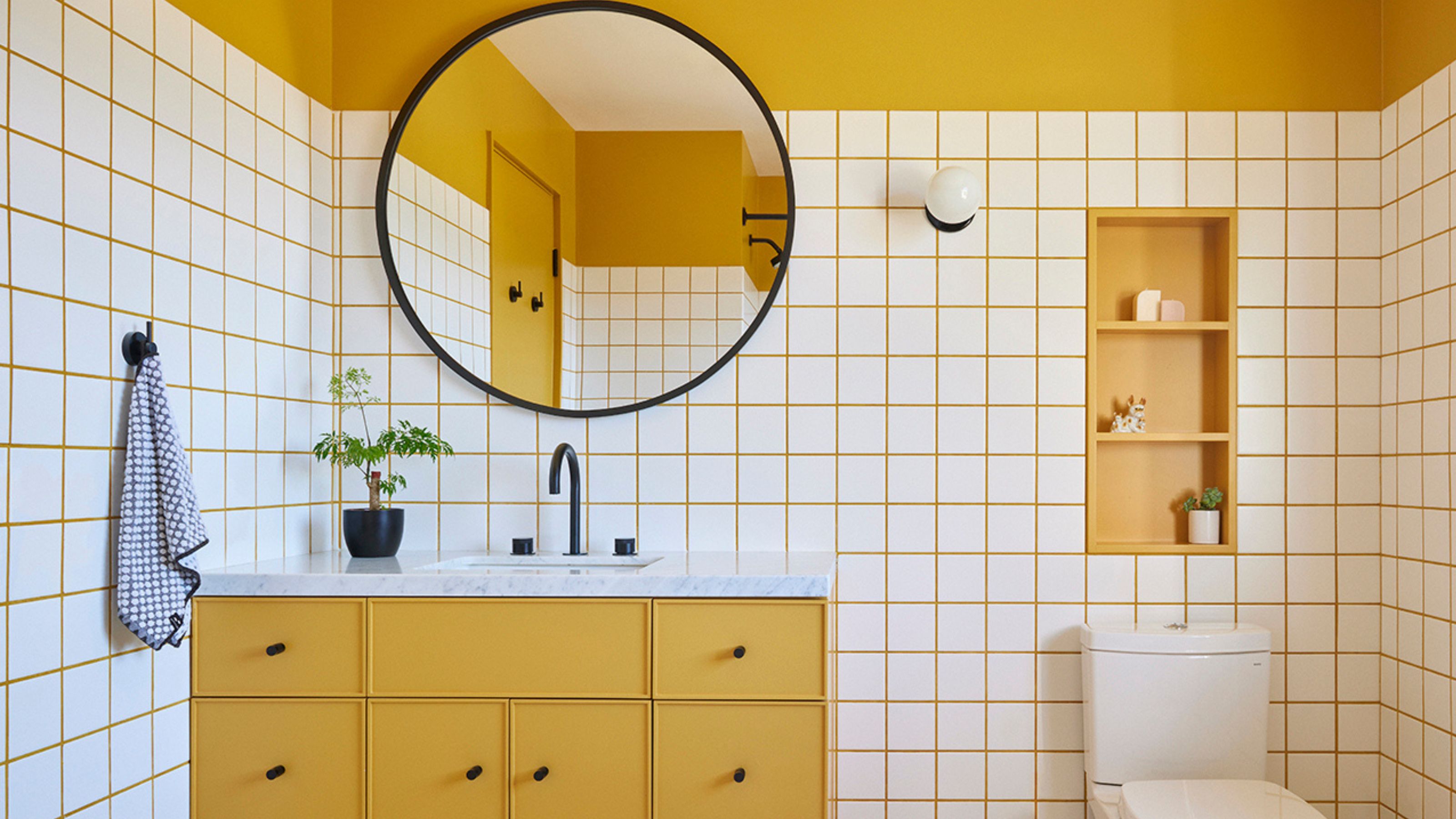 10 Yellow Bathroom Ideas That Vitalize Your Mornings and Look Unexpectedly Sophisticated While Doing So
10 Yellow Bathroom Ideas That Vitalize Your Mornings and Look Unexpectedly Sophisticated While Doing SoYellow is a color that by its very nature is energetic and full of life, and these designers have proved it's ideal for a bathroom
By Oonagh Turner
-
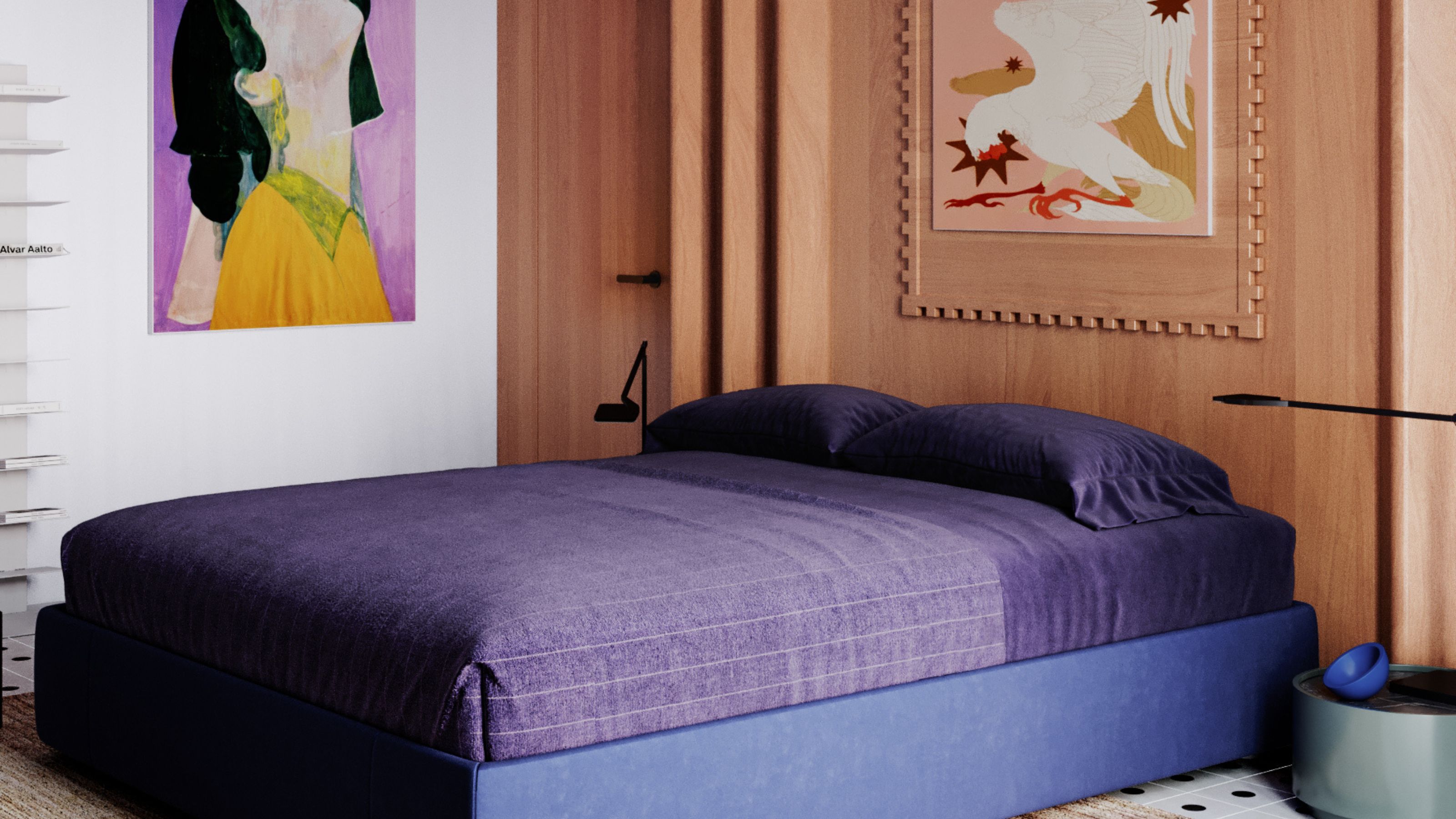 It's a Color Symbolic of Dreams, so These Purple Bedroom Ideas Almost Guarantee a Good Night's Sleep, Right?
It's a Color Symbolic of Dreams, so These Purple Bedroom Ideas Almost Guarantee a Good Night's Sleep, Right?Not always an obvious choice for the bedroom, these designs prove that purple has restful and calming qualities, making it perfect for the bedroom
By Oonagh Turner
-
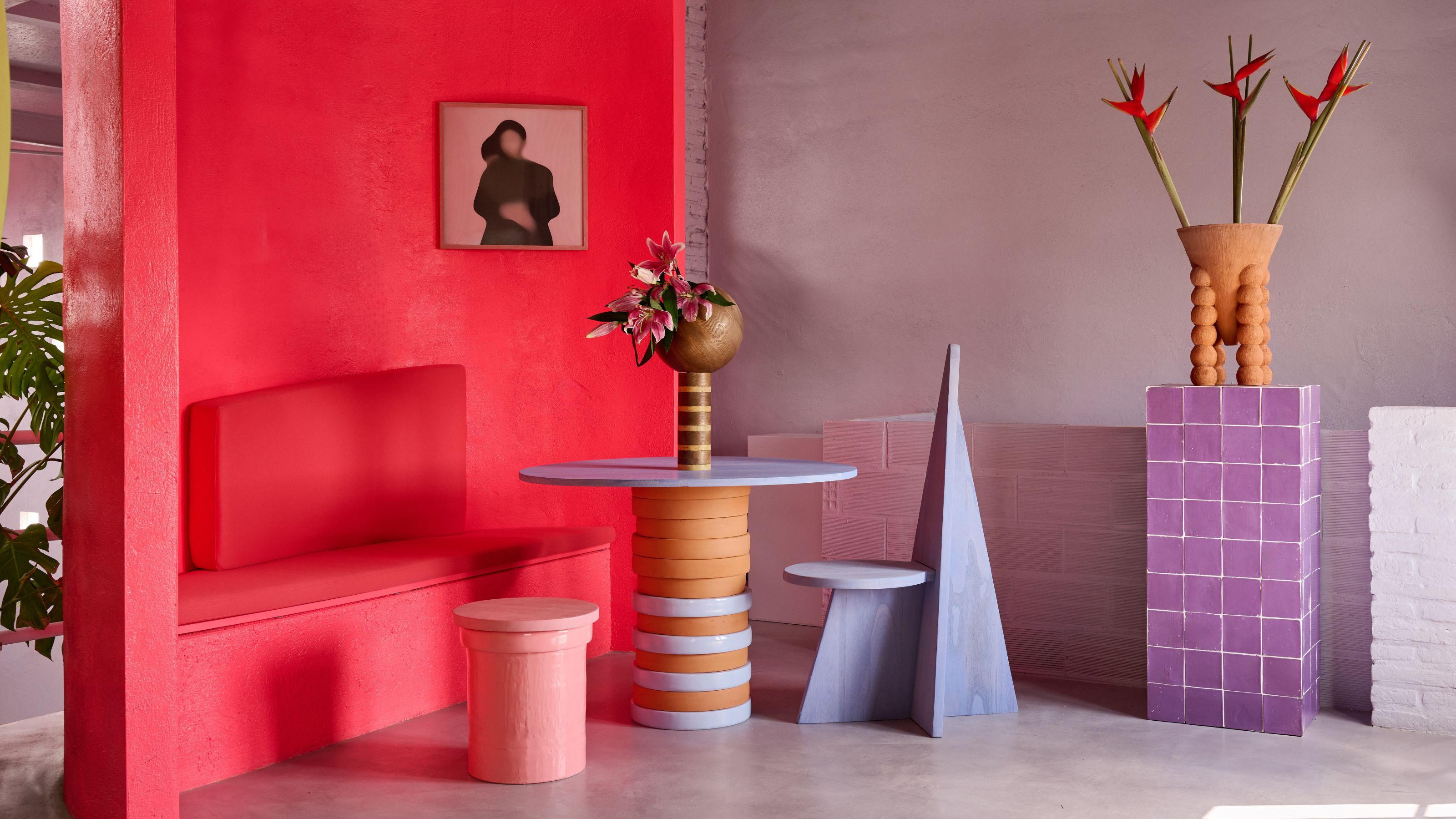 I'm Sorry, But You Need to Know About 'Advancing and Receding Colors' If You Want to Get Your Home's Decorating Scheme Right
I'm Sorry, But You Need to Know About 'Advancing and Receding Colors' If You Want to Get Your Home's Decorating Scheme RightWhile some colors tend to pop and reach forward in a room, others draw back. Here, a color expert helps define these palettes and how to use them
By Olivia Wolfe
-
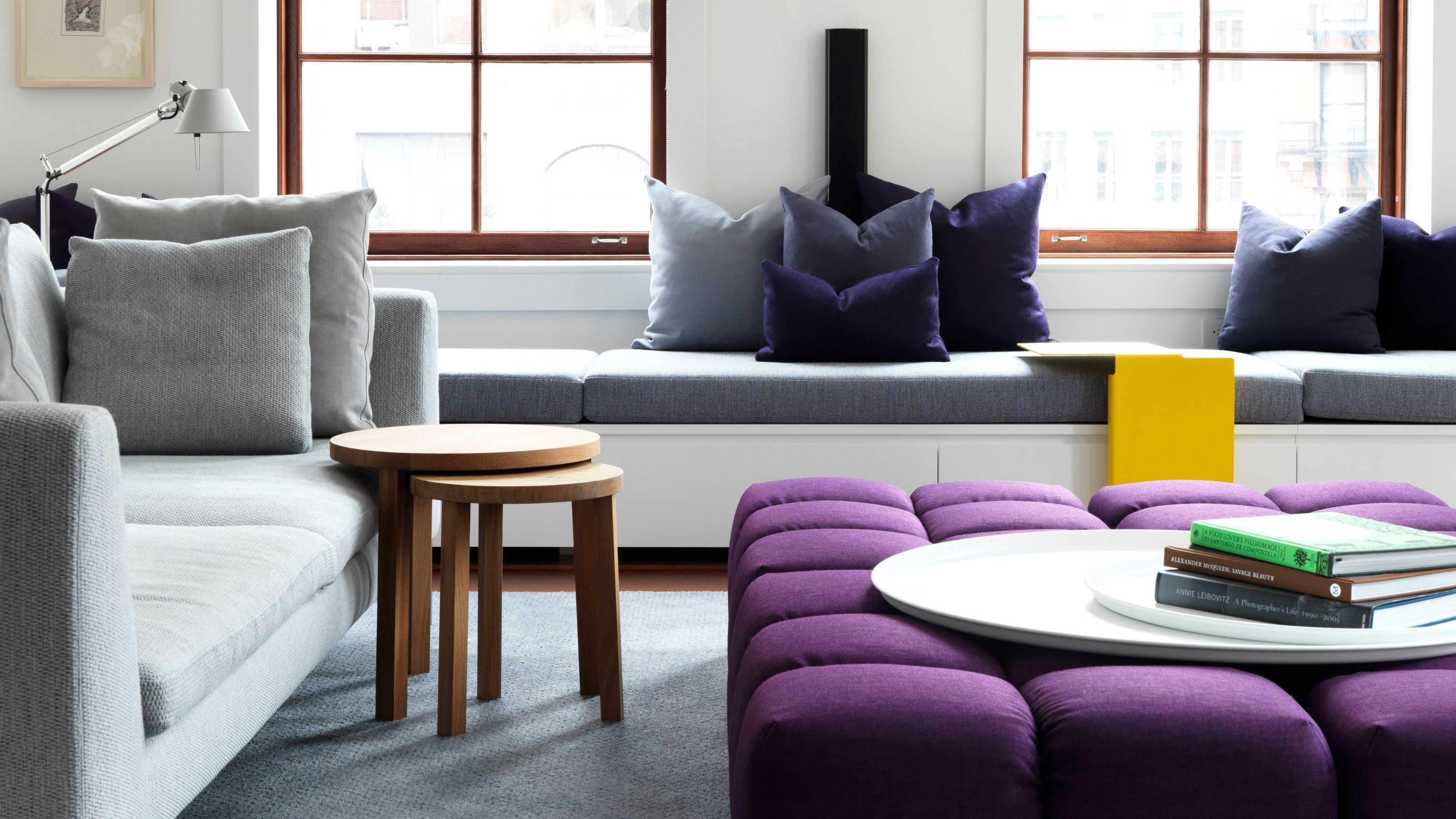 Amethyst, Heather, Pansy, Plum — Turns Out Decorating With Purple Opens You Up to a World of Possibilities
Amethyst, Heather, Pansy, Plum — Turns Out Decorating With Purple Opens You Up to a World of PossibilitiesPurple certainly isn't a color for the faint hearted, it's a shade that can smell your fear. Here's how to conquer it through your interiors
By Amy Moorea Wong
-
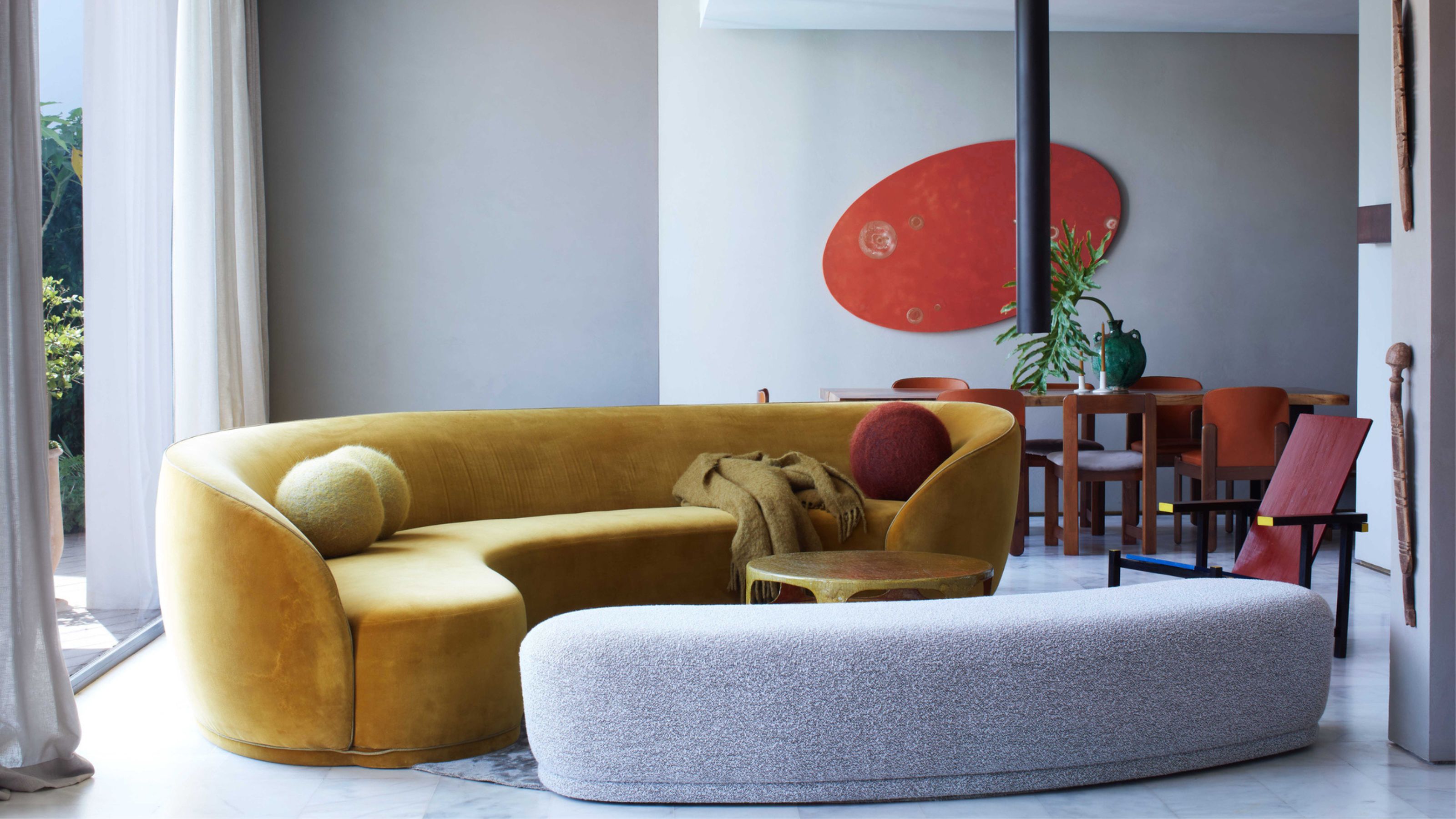 Here's Why Decorating With Mustard Yellow Helps Fill Your Interiors With a Sense of "Confident Calm"
Here's Why Decorating With Mustard Yellow Helps Fill Your Interiors With a Sense of "Confident Calm"There is so much more to decorating with this turmeric-tinted sauce-wiggled-on-a-hotdog not-quite-yellow shade than meets the eye
By Amy Moorea Wong
-
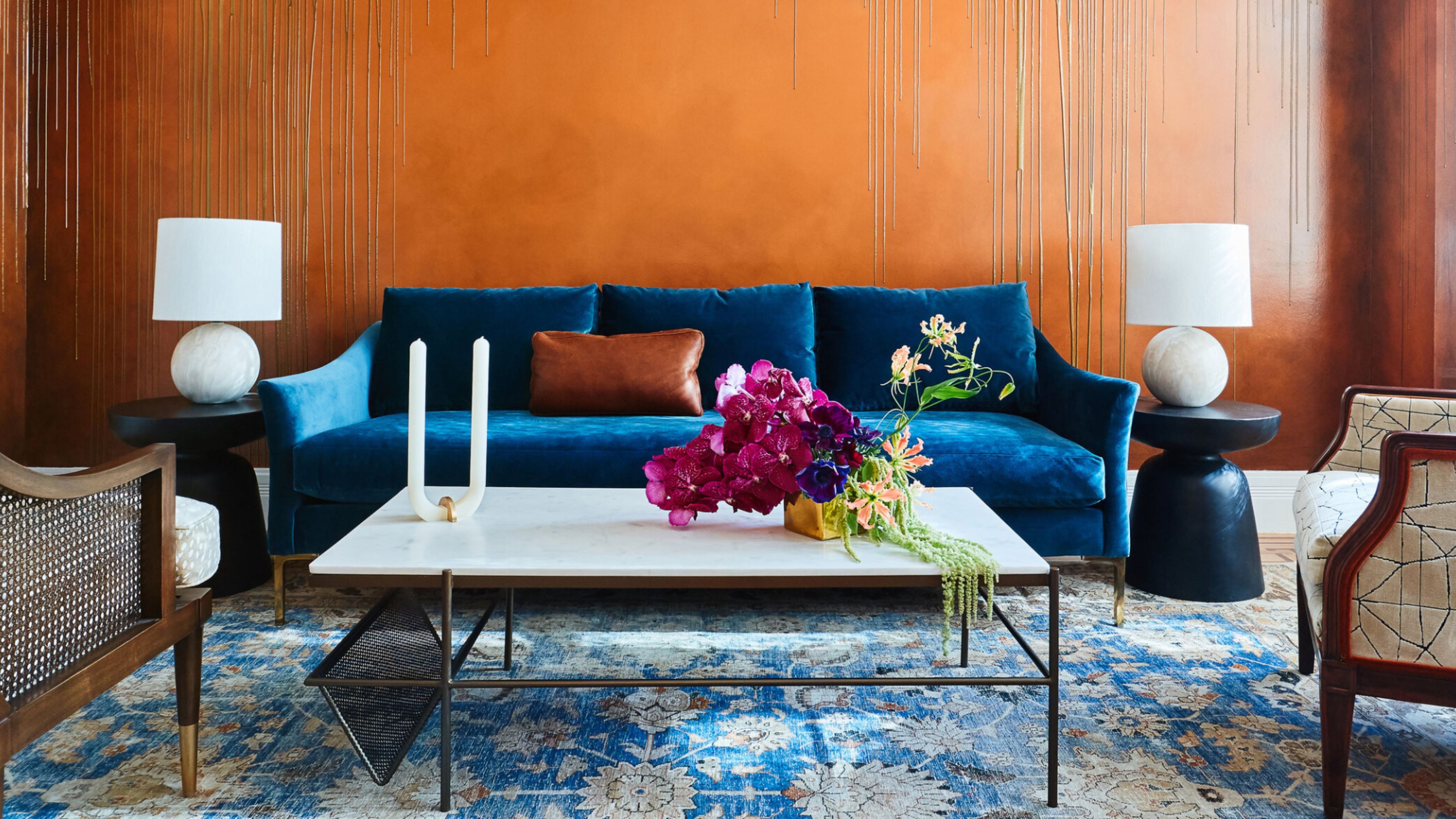 The Combination You Weren't Expecting to Love — 8 Blue And Orange Living Room Ideas That Feel Surprisingly Elevated
The Combination You Weren't Expecting to Love — 8 Blue And Orange Living Room Ideas That Feel Surprisingly ElevatedA blue and orange scheme for living rooms may sound jarring, but these spaces prove they're striking, vibrant, and certainly unforgettable
By Camille Dubuis-Welch
-
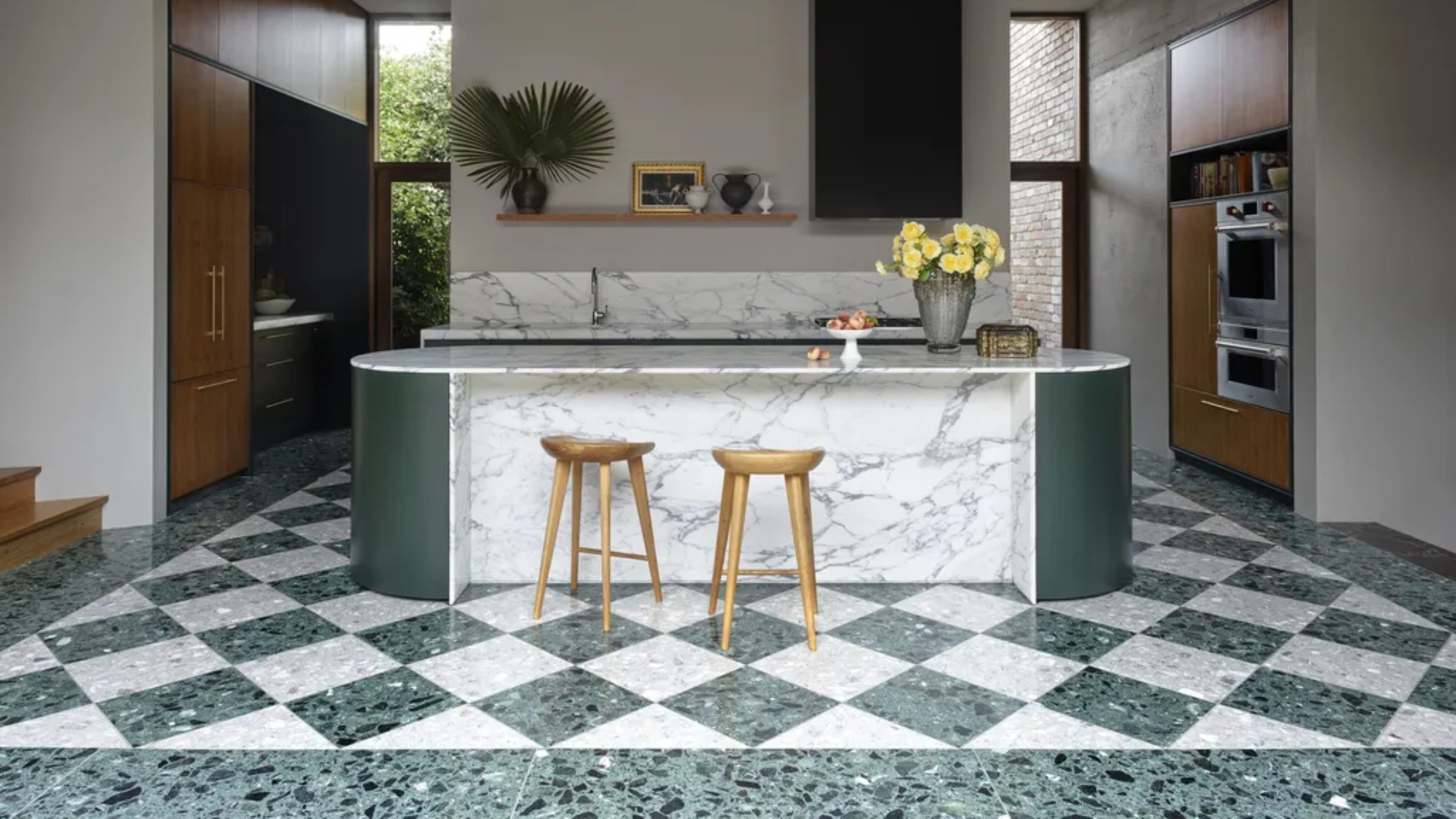 Smeg Says Teal, and We’re Listening — The Kitchen Shade of the Year Is Here
Smeg Says Teal, and We’re Listening — The Kitchen Shade of the Year Is HereDesigners are already using the soft, sea-glass green everywhere from cabinetry to countertops
By Julia Demer